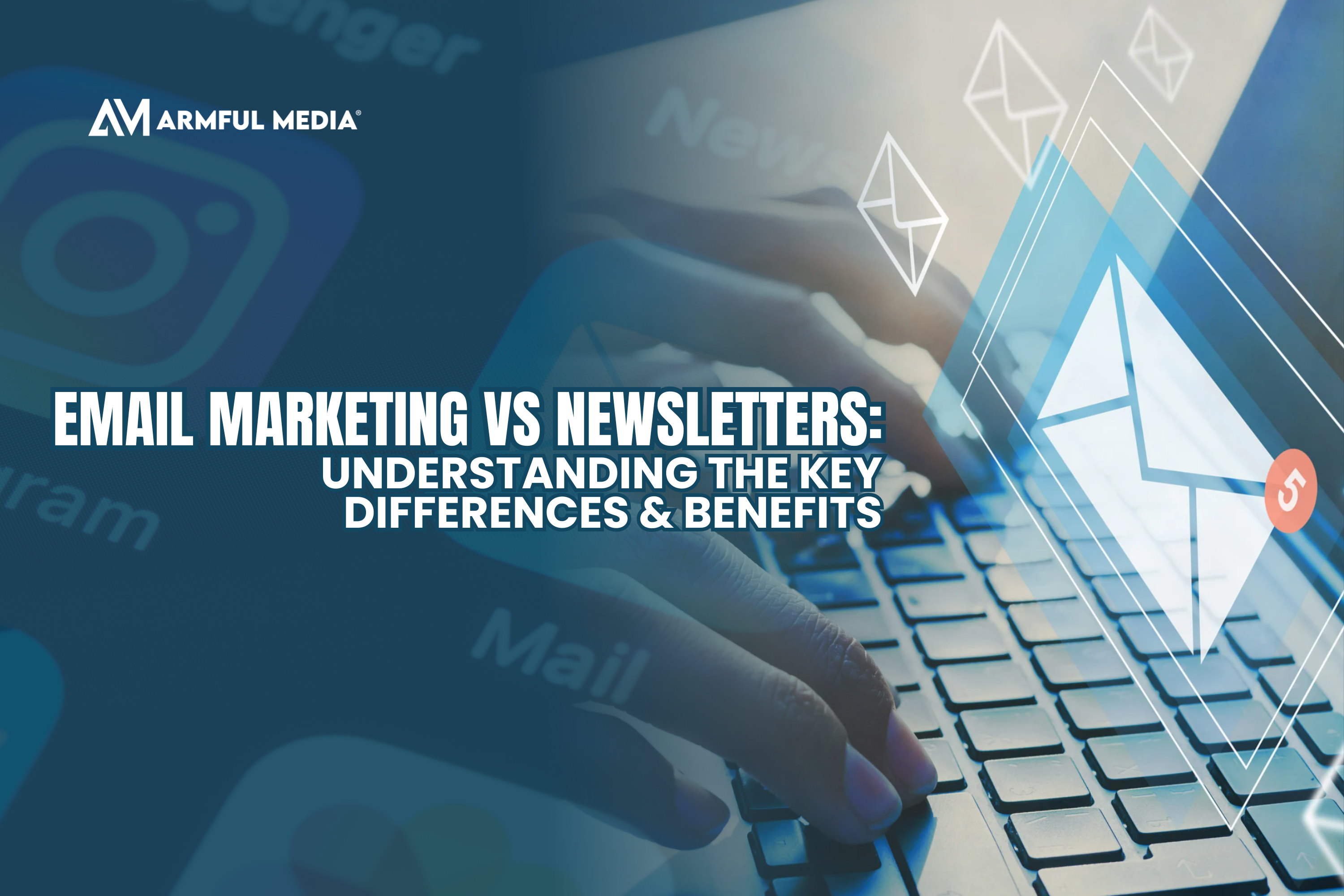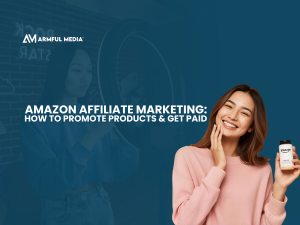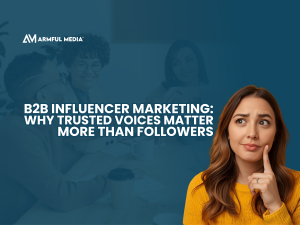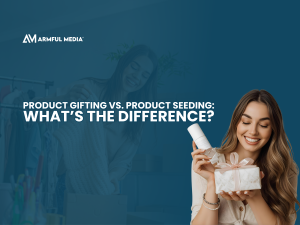People often mix up email marketing and newsletters, but they’re actually two very different tools. What if knowing the difference could unlock better results for your business? Imagine sending emails that not only catch attention but also build real connections over time.
So, how do you choose the right approach? And can you use both without overwhelming your audience? Stick around, we’ll uncover the secrets to mastering both strategies and growing your brand like never before.
What Is Email Marketing?
Email marketing is a broad digital marketing strategy that involves sending targeted messages to a specific group of people through email. These messages can be promotional, transactional, or informative, depending on the goals of your campaign. Email marketing campaigns are typically designed to drive conversions, such as sales, sign-ups, or downloads, and are often tailored to specific segments of your audience.
Benefits of Email Marketing:
- Higher Conversion Rates: With targeted messaging and strong calls to action, email marketing can drive direct conversions.
- Personalization: By segmenting your audience, you can send personalized emails that resonate with individual recipients, increasing engagement.
- Measurable Results: Email marketing provides detailed analytics that can help you track open rates, click-through rates, and conversions.
What Is a Newsletter?
A newsletter is a type of email that typically provides regular updates, information, and content to your subscribers. It can be a valuable tool for building relationships with your audience by offering relevant, useful, and engaging content. Newsletters often focus on keeping subscribers informed about the latest news, blog posts, product updates, or industry trends, rather than pushing for immediate sales.
Benefits of Newsletters:
- Audience Engagement: Newsletters keep your audience engaged with consistent, high-quality content.
- Brand Loyalty: By regularly delivering valuable content, you can build trust and loyalty with your audience.
- Brand Awareness: Newsletters help keep your brand top of mind, especially when subscribers are looking for ongoing industry insights or tips.
Key Differences Between Email Marketing & Newsletters
While both email marketing and newsletters are email-based strategies, they serve different purposes and have distinct characteristics.
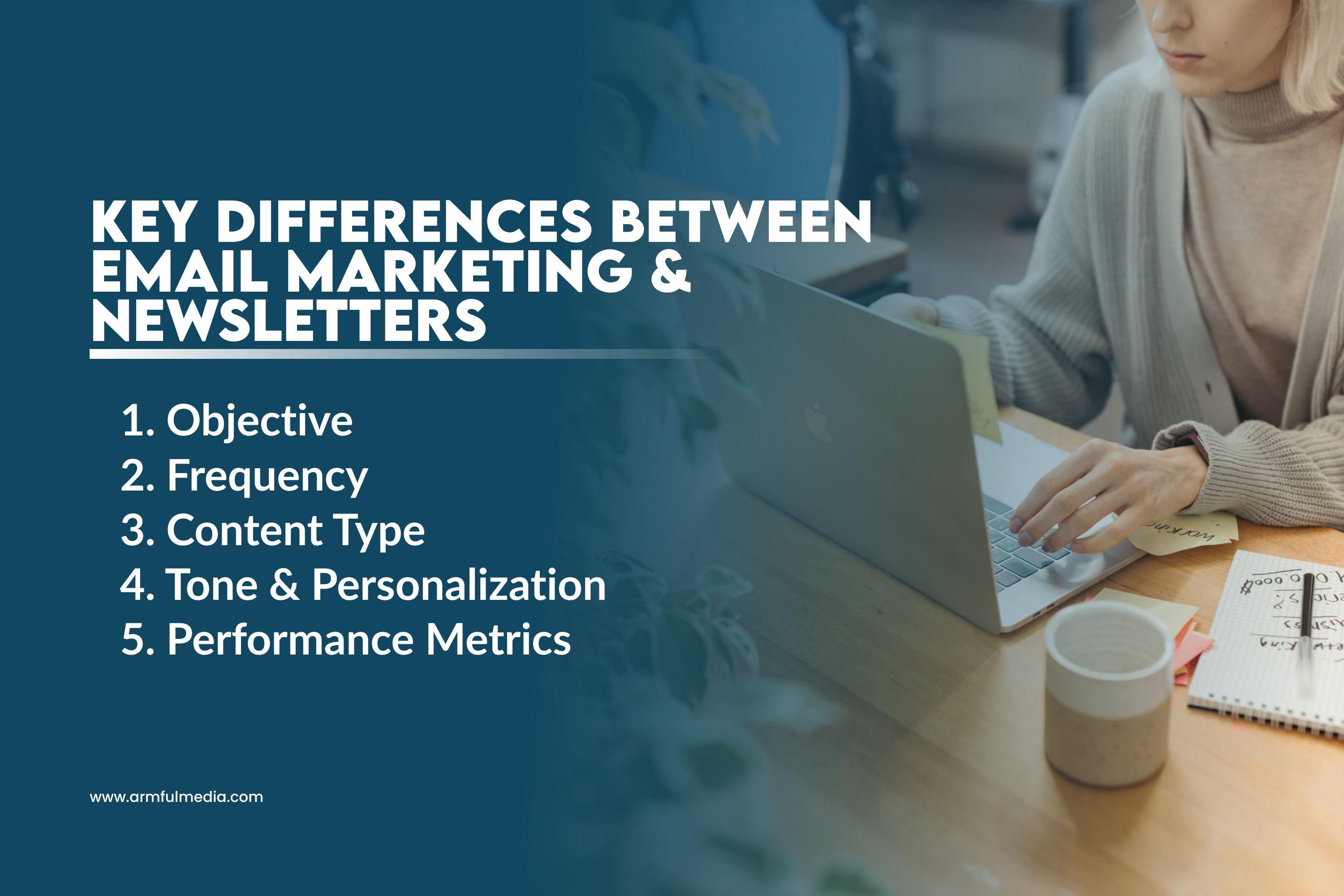
1. Objective
- Email marketing is designed to get results, like selling a product, gaining sign-ups, or driving traffic to a website. It focuses on a clear business goal and usually includes a strong call to action.
- Newsletters are meant to keep your audience informed, build trust, and stay top of mind over time.
2. Frequency
- Email marketing campaigns are often sent out for specific events or promotions and may only go out once. They’re time-sensitive and don’t usually follow a regular schedule.
- Newsletters are consistent, sent weekly or monthly, so readers know when to expect them.
3. Content Type
- Email marketing is more sales-focused, with content that’s straight to the point and promotional. It might include limited-time offers, product highlights, or urgent messages.
- Newsletters focus more on sharing valuable content, like tips, articles, or updates, to educate or entertain the reader.
4. Tone & Personalization
- Email marketing often uses persuasive language and is personalized based on the recipient’s behavior or interests. It aims to convince the reader to take immediate action.
- Newsletters use a more relaxed, informative tone and speak to a broader audience.
5. Performance Metrics
- Email marketing is measured by how many people take action, like clicking links or making purchases. Success is based on clear, trackable results like ROI or conversions.
- Newsletter success is usually measured by engagement, like open rates, click-throughs, or how many people stay subscribed.
How to Use Both Strategies Effectively
To get the best of both worlds, you can incorporate both email marketing and newsletters into your overall brand marketing strategy.
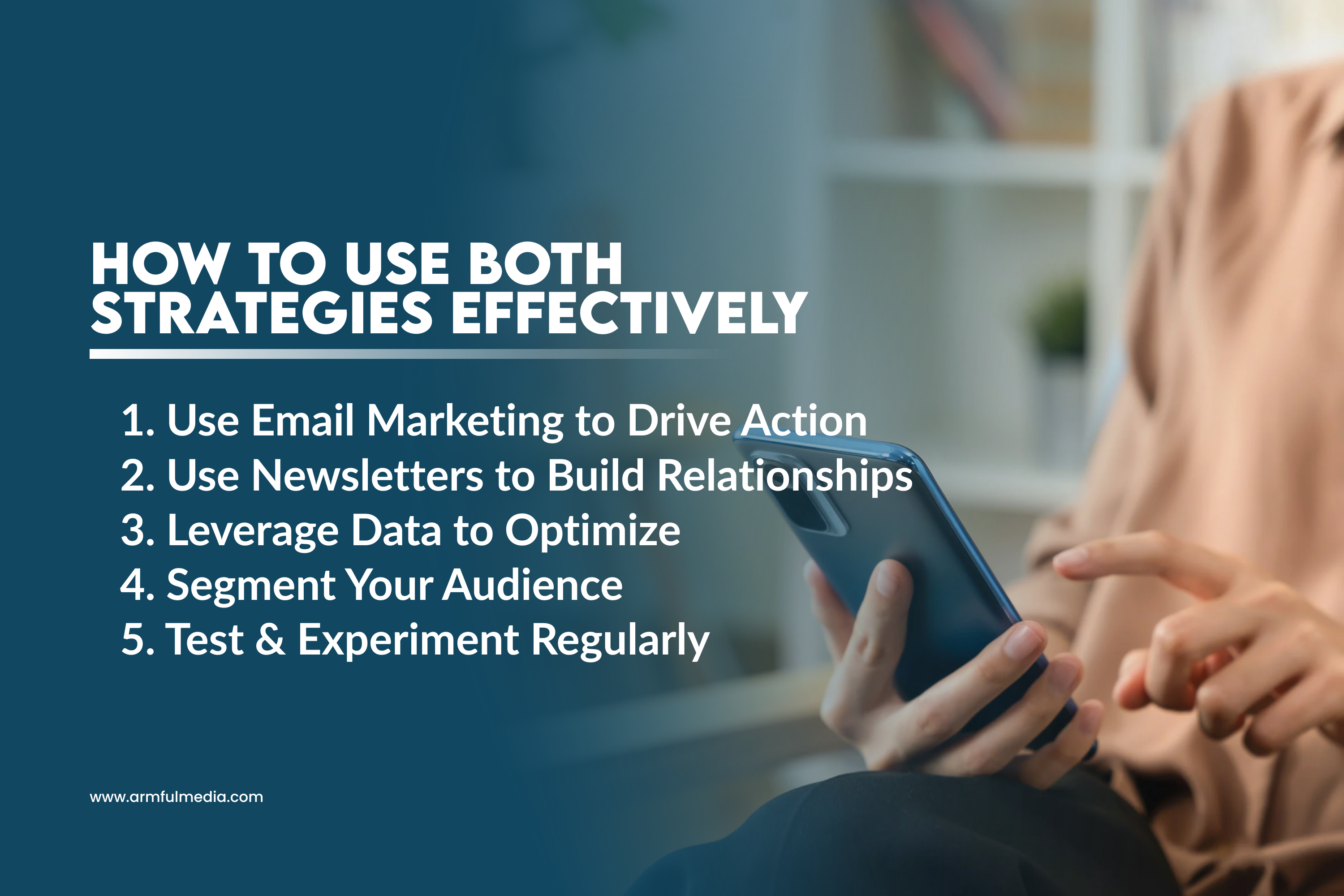
1. Use Email Marketing to Drive Action
Focus on using email marketing campaigns for product launches, special offers, or event invitations that require immediate attention and action. These emails are perfect for creating urgency and prompting quick decisions. Make your call-to-action clear, compelling, and time-sensitive to boost results.
2. Use Newsletters to Build Relationships
Send newsletters often to share useful content and keep your brand in your audience’s mind. Newsletters build trust, help with successful brand collaboration, and show your brand as a reliable source. Stay consistent and relevant to keep your audience interested.
3. Leverage Data to Optimize
Use analytics from both email marketing and newsletters to understand what resonates with your audience. Track key metrics like open rates, click-through rates, and conversions to refine your content. Data-driven decisions help you continuously improve engagement and performance.
4. Segment Your Audience
Divide your subscribers based on interests, behaviors, or demographics to send more targeted and relevant messages. Tailored content leads to higher engagement and customer satisfaction. Segmentation ensures that each subscriber receives content that truly matters to them.
5. Test & Experiment Regularly
Try different subject lines, send times, formats, and calls to action to see what performs best. A/B testing helps uncover what truly connects with your audience. Keep experimenting to stay ahead of trends and keep your emails fresh and effective.
Conclusion
Email marketing and newsletters may seem alike, but they serve different goals in your strategy. Email marketing aims to get results by prompting actions such as clicks, purchases, or sign-ups. Newsletters help build a long-term connection by sharing updates, insights, and value with your audience.
When you combine the strengths of both, your email efforts become more effective. Email marketing delivers measurable outcomes, while newsletters keep your brand top of mind. Together, they help you grow your audience and maintain strong customer relationships.
Want more tips to strengthen your marketing strategy? Check out our blogs for fresh insights and strategies.

The Armful Media Content Team is a group of skilled writers, researchers, and strategists passionate about influencer marketing. We create content that drives real results, engages audiences, and builds trust, helping brands expand their reach and connect with their audience in meaningful ways.

